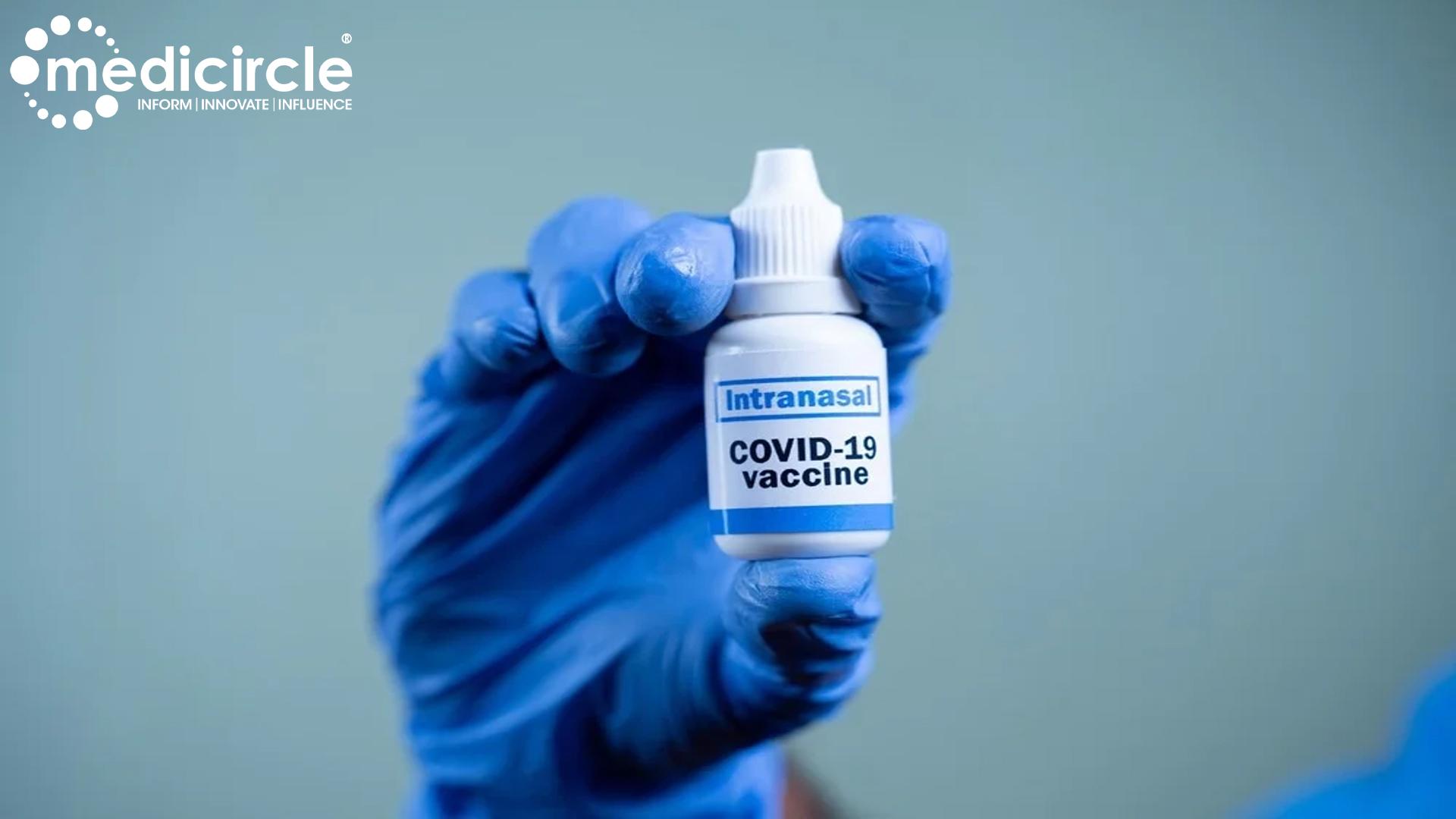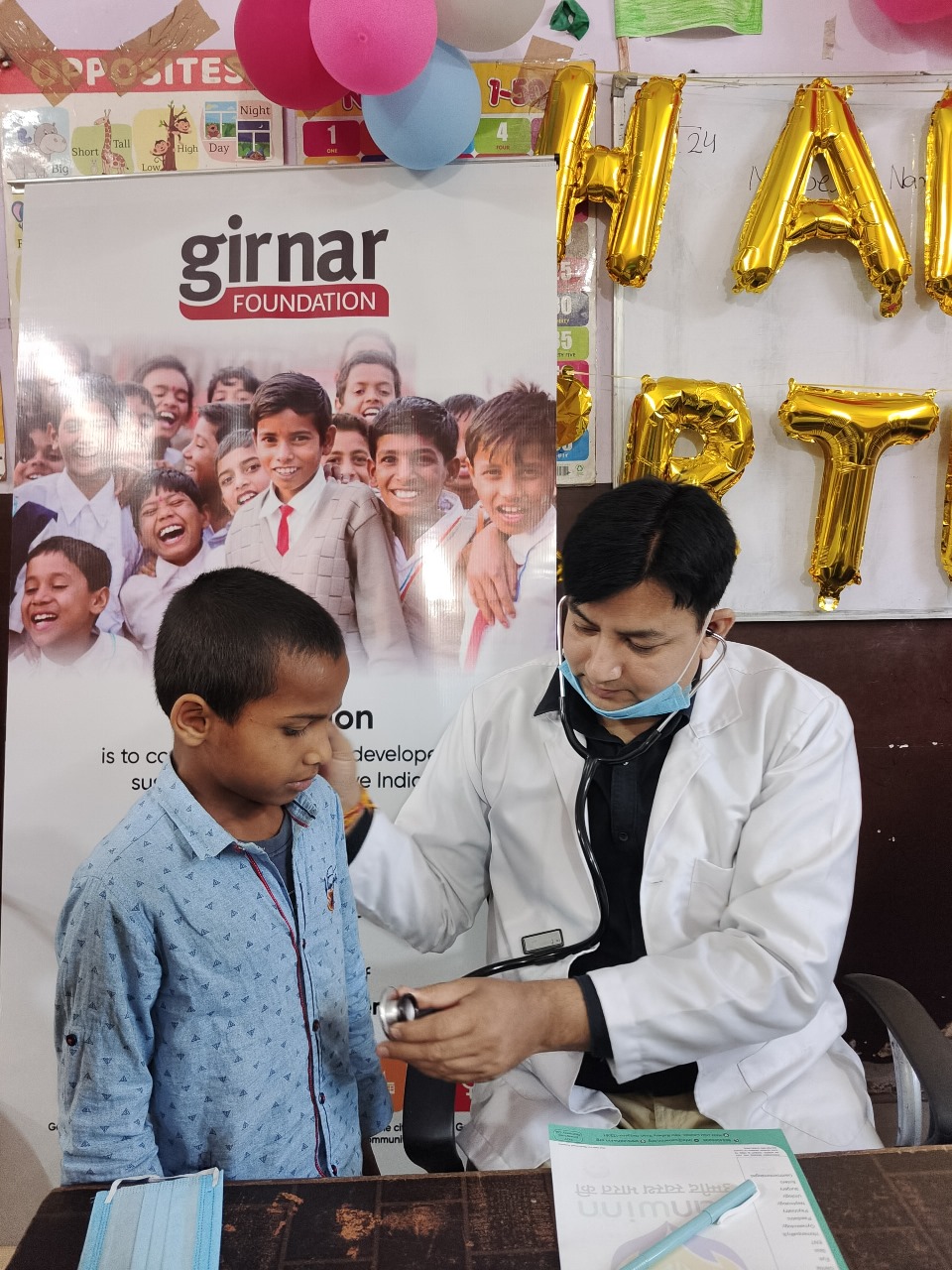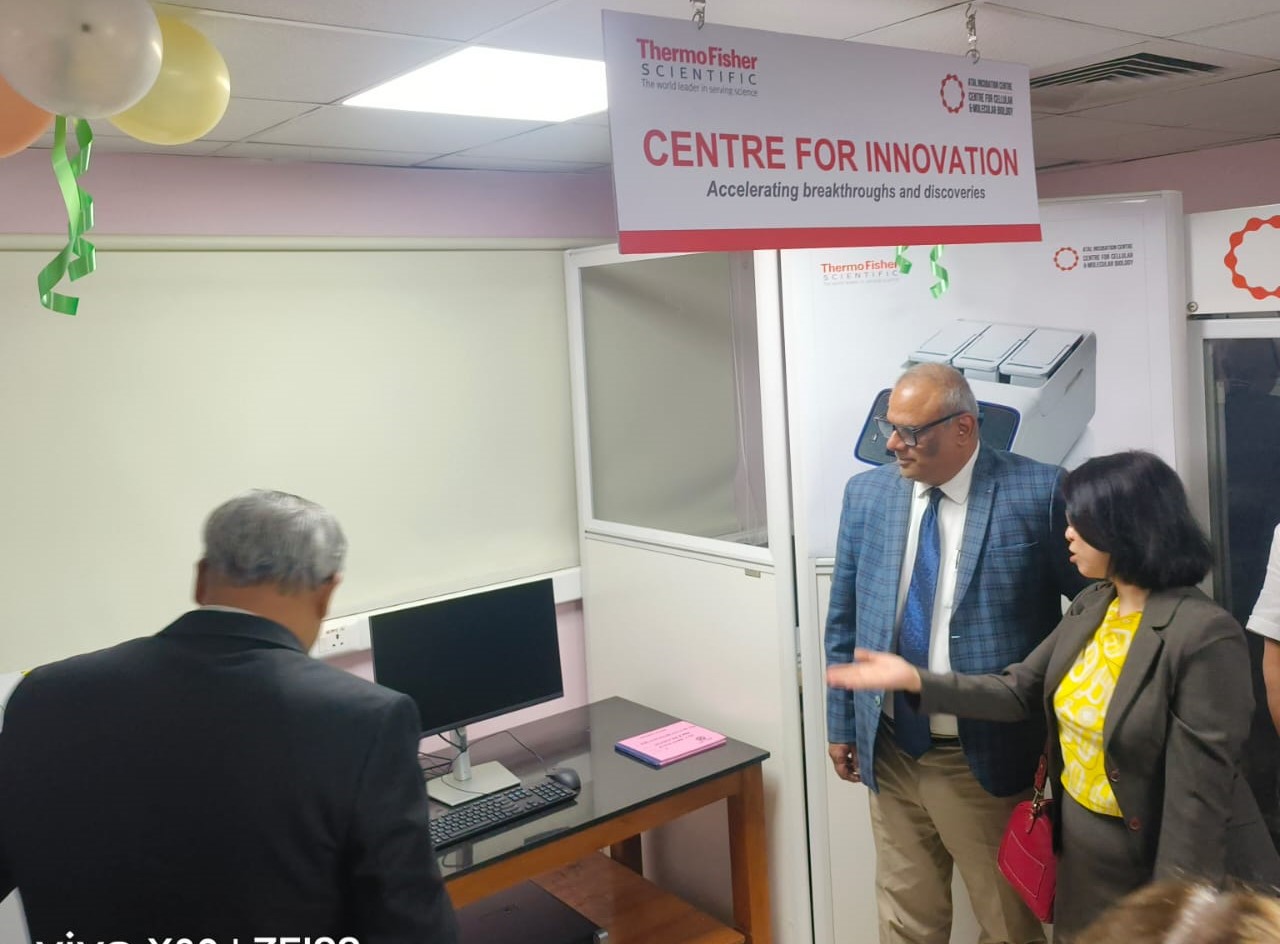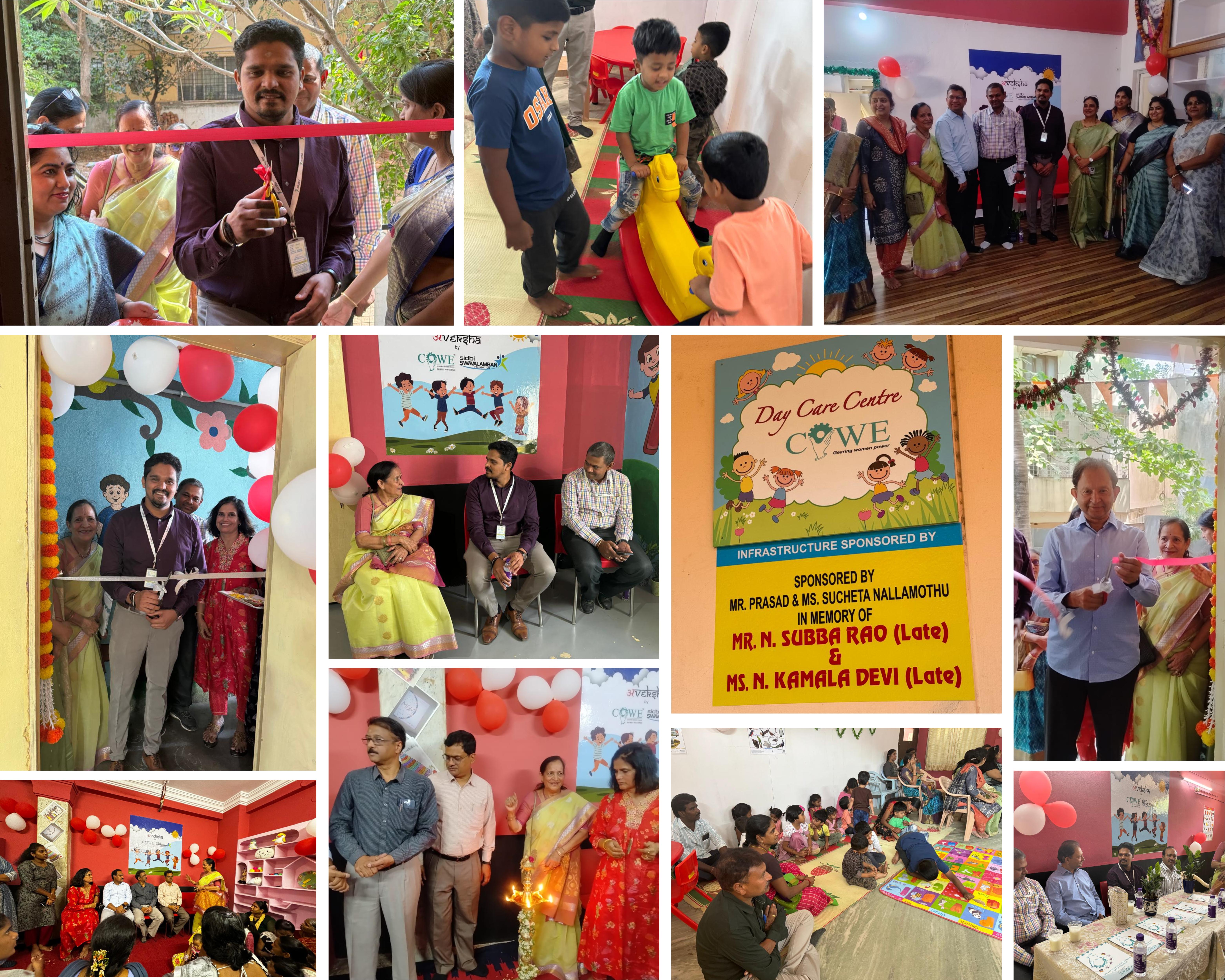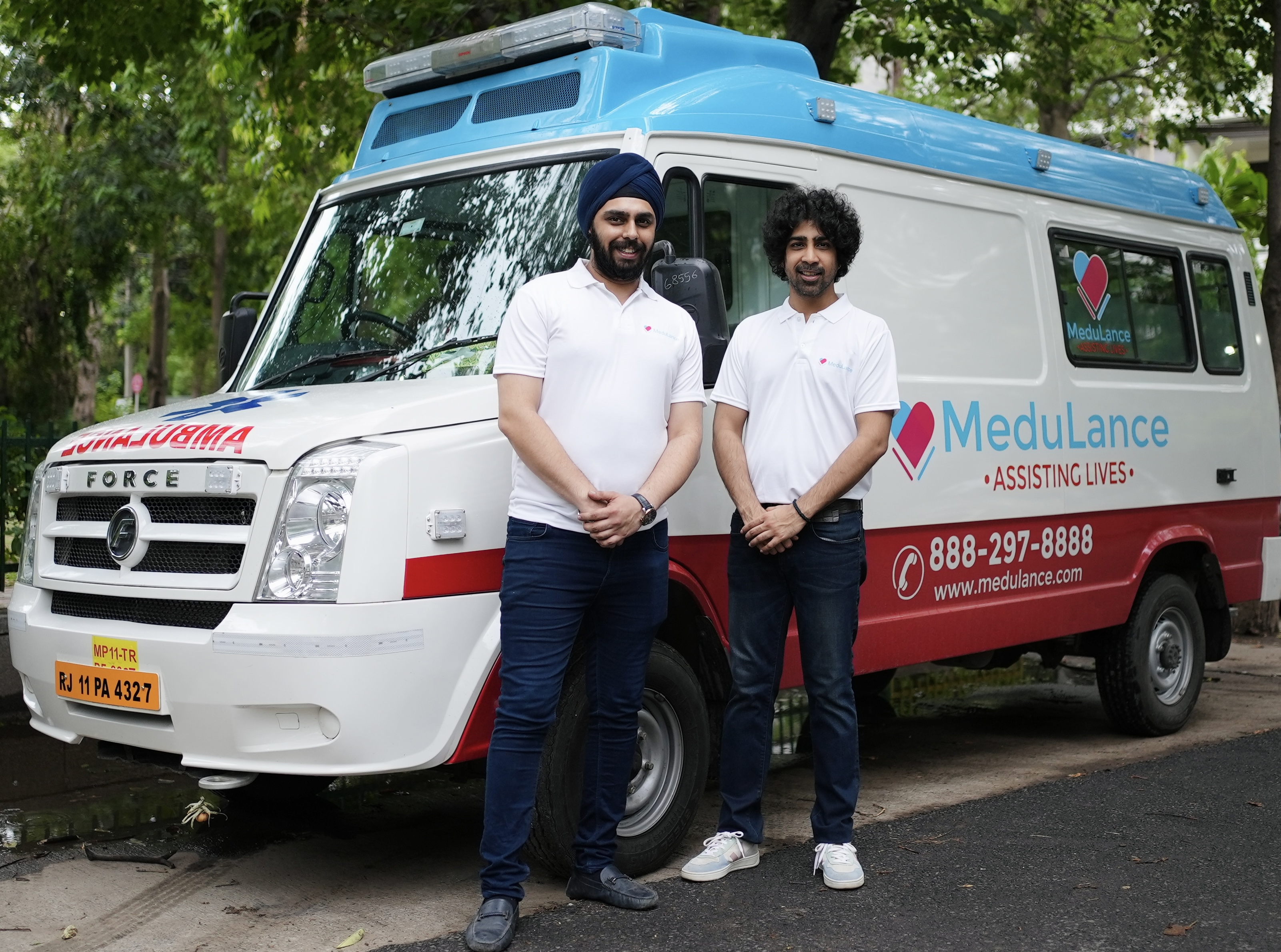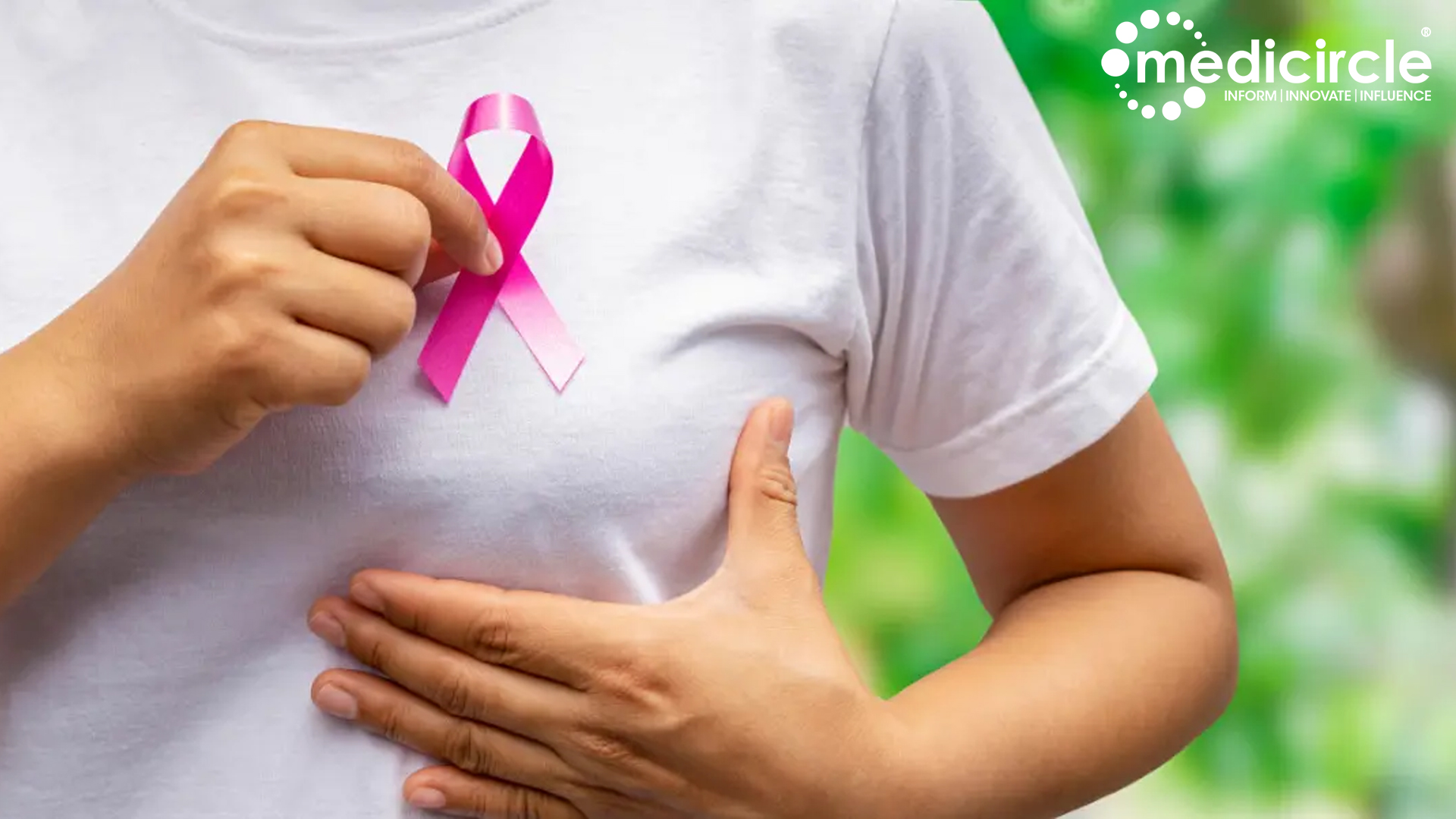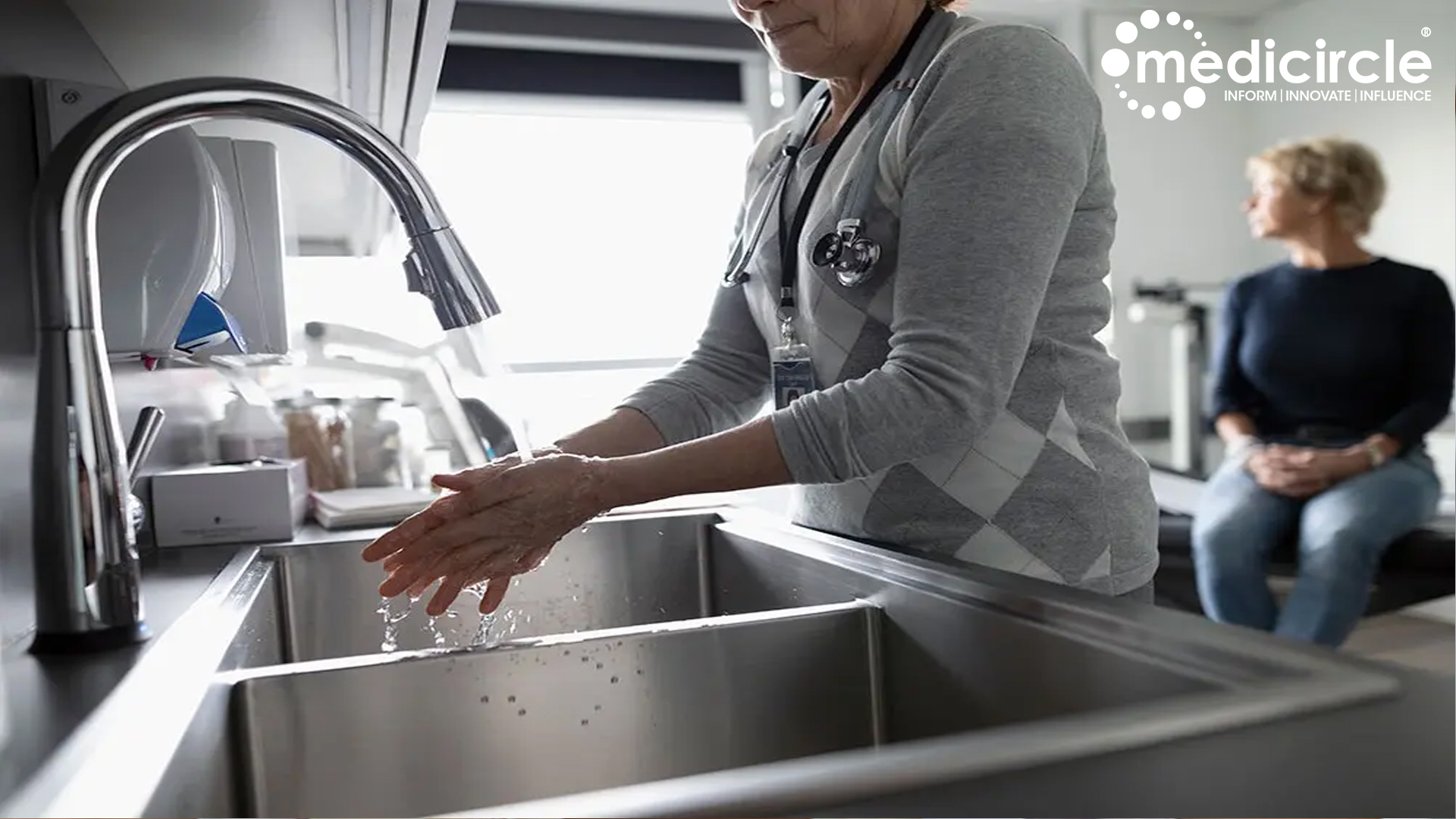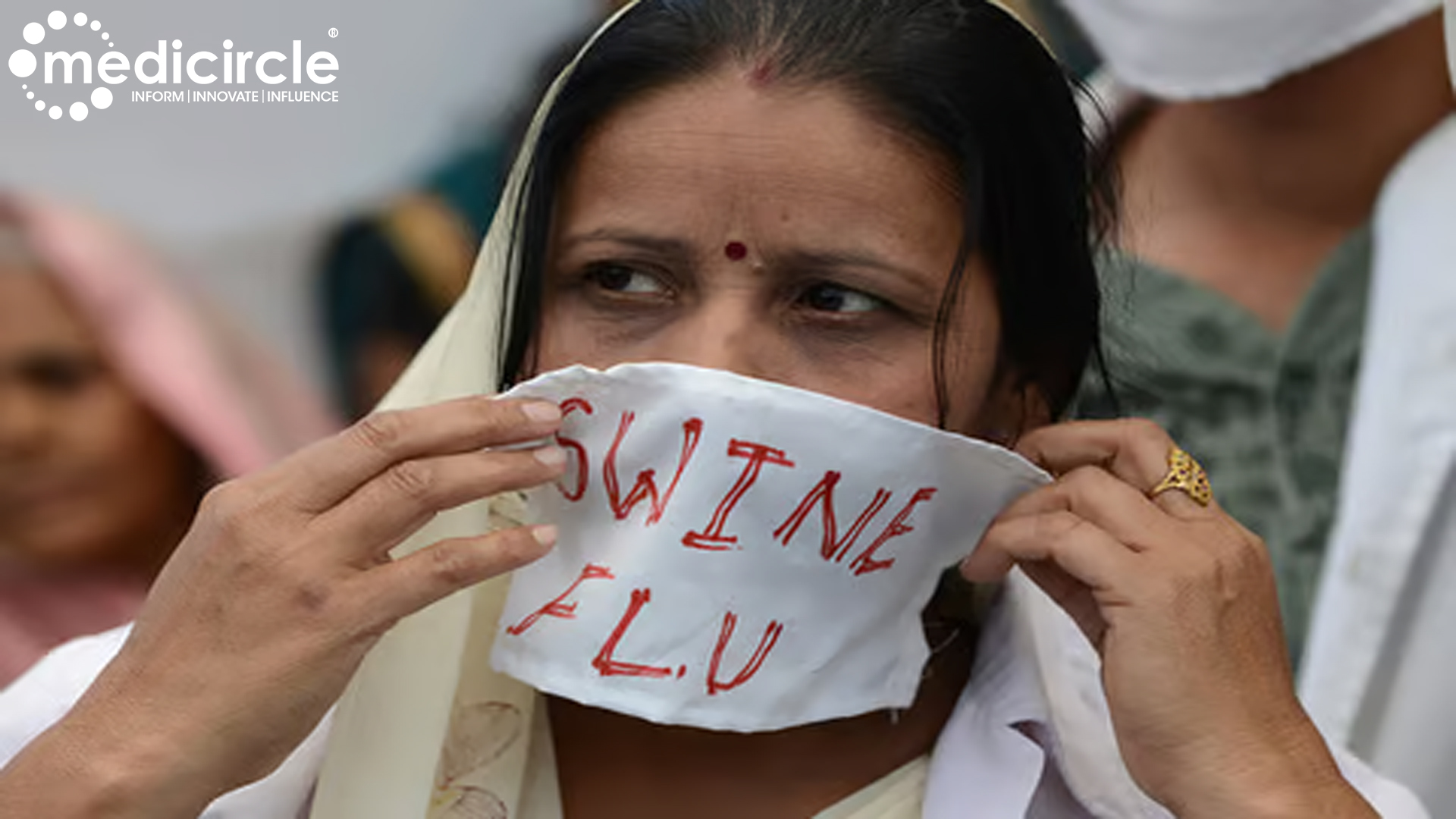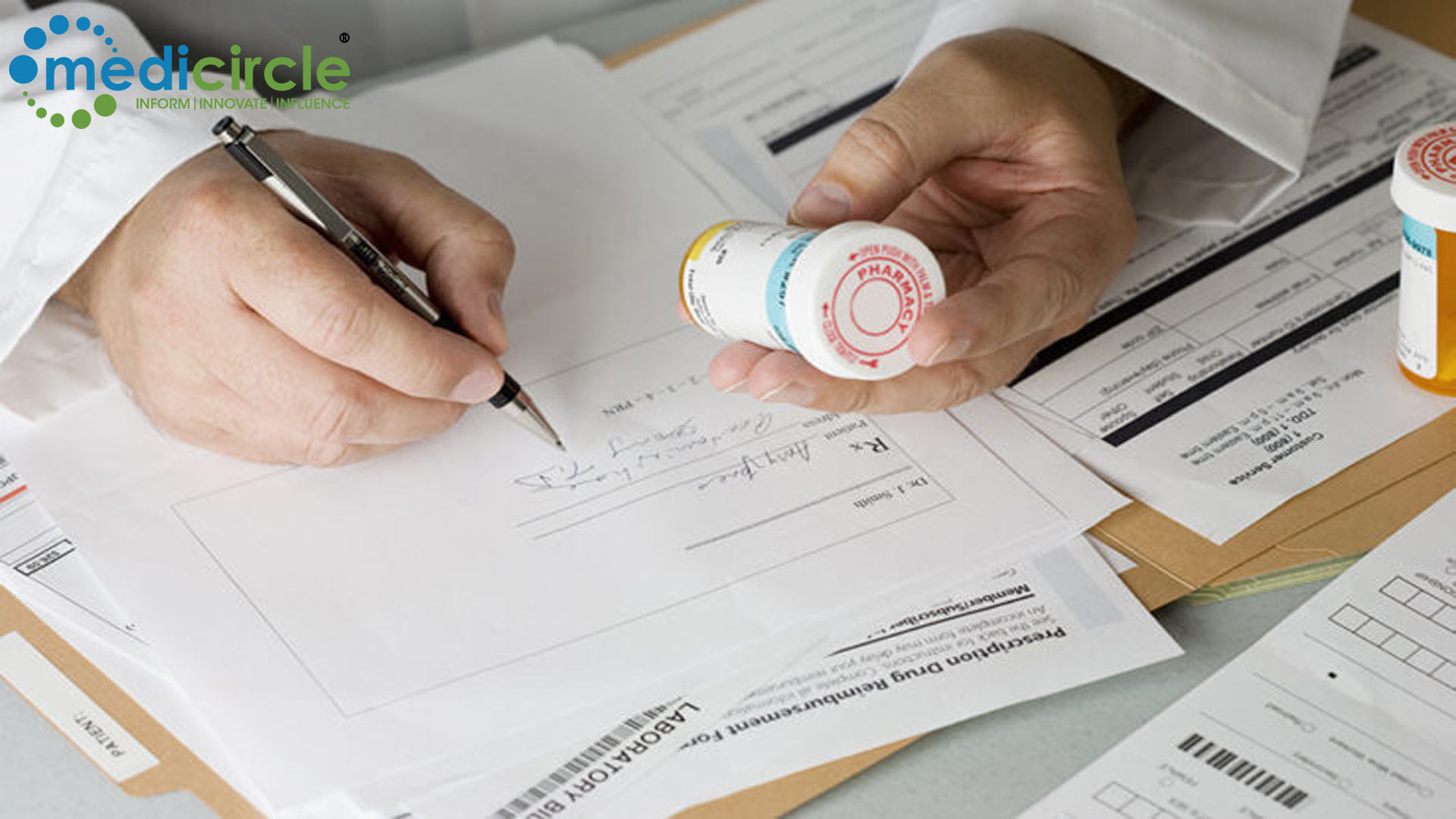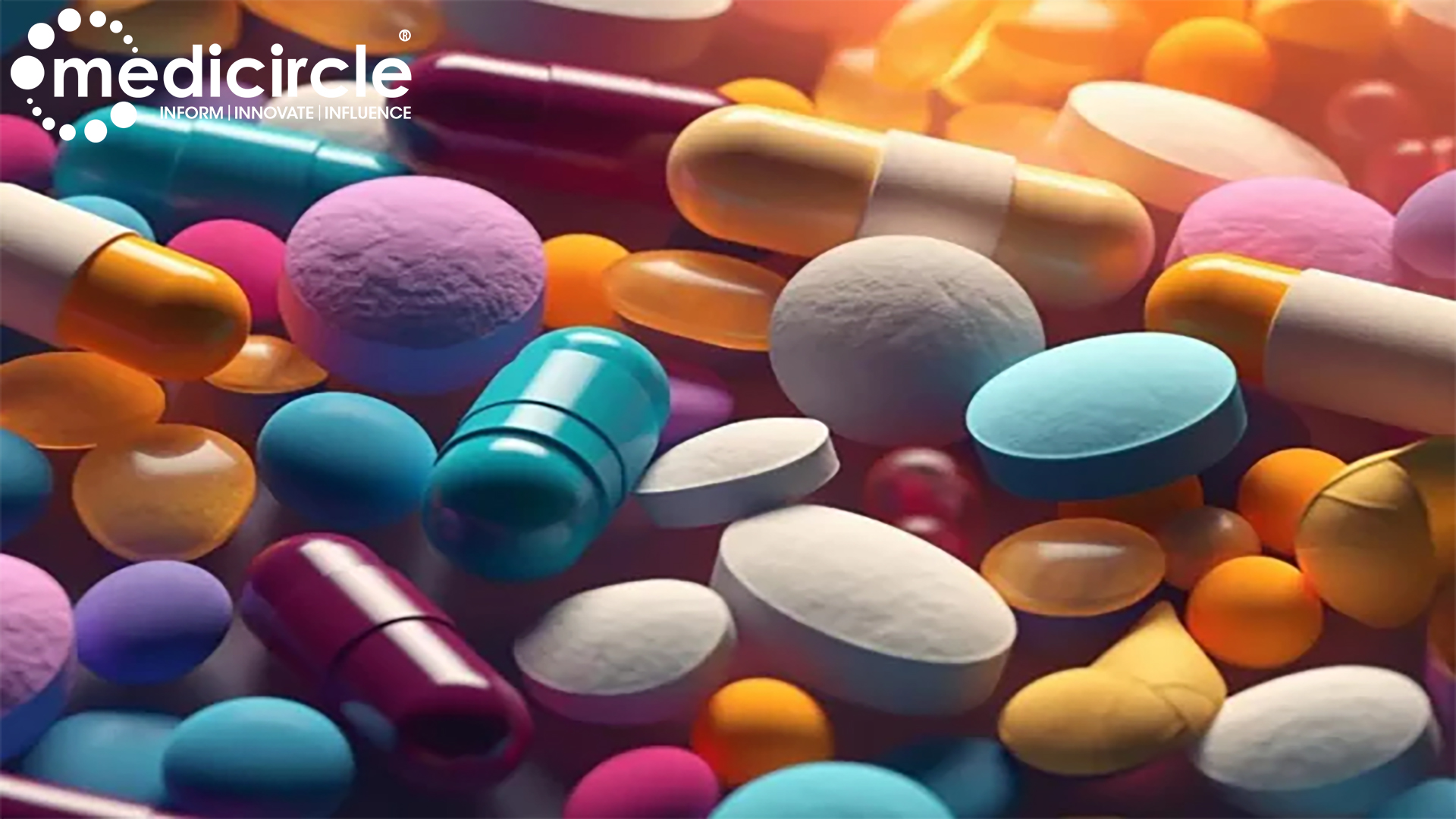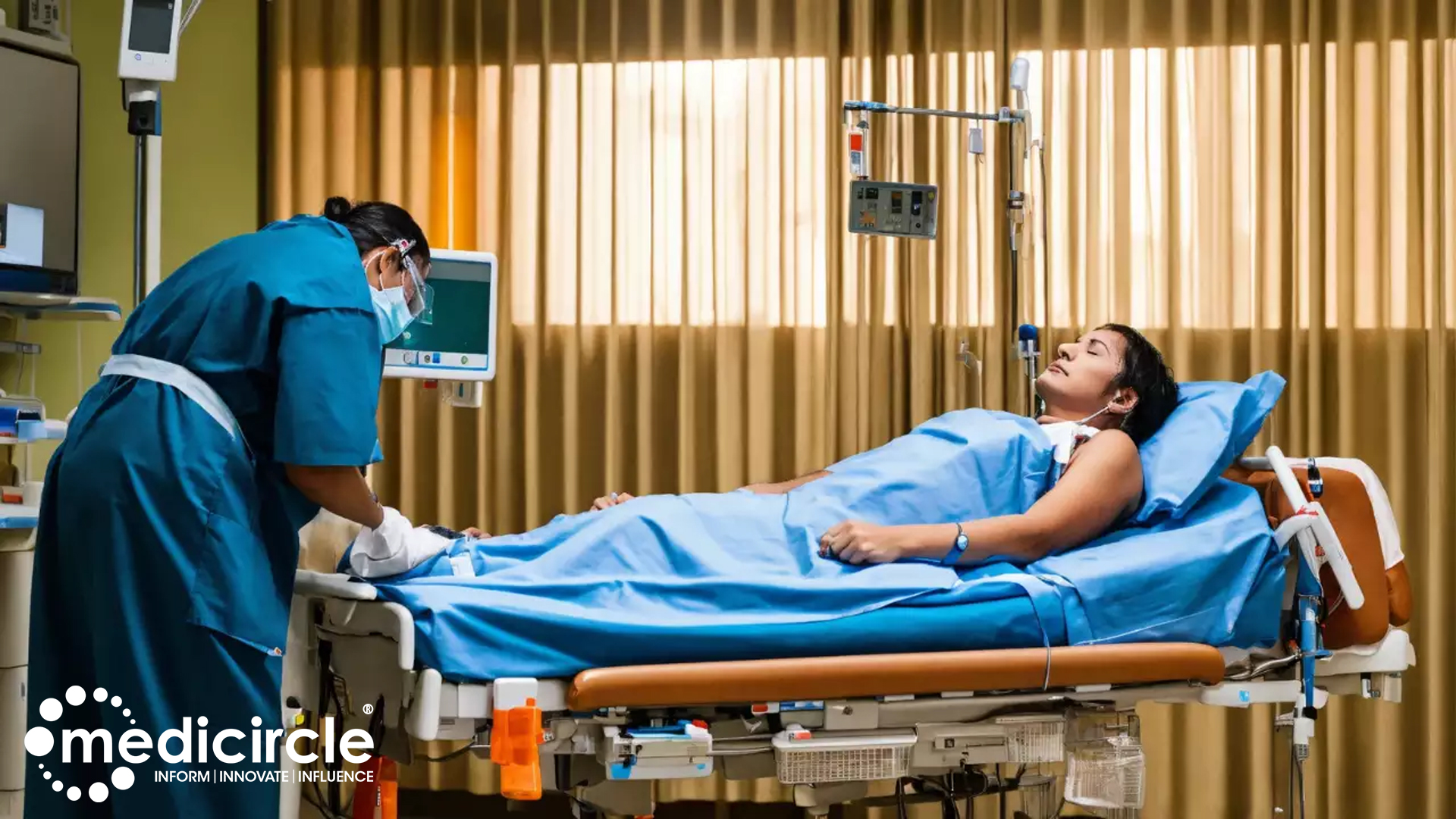In Vitro Fertilization or IVF is also known as an assisted reproductive technology (ART). It is considered to be an effective treatment for treating infertility in men or women caused by:
Damaged or blocked fallopian tubes. Male factor fertility caused by low sperm count. Women with ovarian disorders such as premature ovarian failures or fibroids. Women who have had their fallopian tubes People with any genetic disorder or any other unexplained infertility. Couples finding it difficult to get pregnant.
Success rates under IVF are dependent on a number of factors including maternal age, reproductive history, causes of infertility and of course, lifestyle factors.
How is IVF done?
The process involves fertilization by extracting eggs, retrieving a sperm sample and them combining the egg and sperm manually in a laboratory
(in a culture dish, test tube or elsewhere outside a living organism, which is how it gets its name In-Vitro Fertilization). After combining them, the embryo or embryos are transferred to the uterus of the female wanting to get pregnant.
Following is a brief description of the process:
IVF is done in 5 basic steps.
This involves basic medications which are prescribed to stimulate the process of egg production. For the process of IVF, a number of eggs are required as some eggs do not fertilize or develop after retrieval. Transvaginal ultrasound is done to examine the ovaries and blood samples are taken in order to test the hormonal balance. The produced eggs are retrieved through a surgical procedure. This process uses ultrasound imaging to guide a hollow needle through pelvic cavity for removal of eggs. To reduce the pain and discomfort. The male partner is asked to give a sample of sperm which will then be used to combine with eggs. Insemination -In this step, the sperm and eggs are mixed together and stored in a laboratory to facilitate fertilization. In cases where the probability of fertilization is low, a single sperm is injected directly into the egg so as to achieve fertilization. Eggs are carefully monitored too see if fertilization is successful and cell division is taking place. Eggs are considered as embryos after the success of this procedure. Embryos are then transferred into the woman's uterus after 3-5 days of egg retrieval and fertilization. The process of transfer of embryos is done through a catheter or a small tube inserted into the uterus. This process is mostly pain-free and might only cause mild cramping. Implantation of embryos is done around 6 to 10 days after egg retrieval.
THE GOOD.
According to the CDC, approximately 1.7% of all infants born in the United States every year are conceived using IVF or ART procedure and its use has doubled in the past decade.
The good about IVF procedure is that it gives hope and chance to couples who otherwise were unable to conceive due to reasons mentioned above. In addition to those, IVF is also helpful for:
Single women and same-sex couples can become parents.For single woman or same - sex couples who wish to have a baby, IVF provides a great opportunity in helping then become parents. IVF with donor sperm can help potential patients achieve this goal.
Help to diagnose fertilization problems.In some cases, wherein the cause of infertility is unknown, such cases may not be diagnosed until fertilization is attempted in the laboratory. Hence it is useful to be able to uncover such problems.
Unused embryos can be donated.If someone has enough embryos to spare, these can be used to help other people to have a child or be donated for research purposes.
To screen for inherited diseases.For individuals who are known carriers of genetic disorders, IVF with pre-implantation genetic diagnosis (PGD) is one of the most reliable ways to ensure that a child conceived will not suffer from the disorder. Pre-implantation genetic screening (PGS) can improve the chances of a successful outcome, as it screens embryos for chromosomal disorders such as Down’s syndrome.
THE BAD:
Some side effects of fertility medication include mood swings, headaches, abdominal pain, hot flashes and abdominal bloating and ovarian hyper-stimulation syndrome (OHSS) in very rare cases.
Post the IVF procedure, side effects include passage of small amounts of fluid - clear or slightly tinged with blood, mild cramping and bloating, tender breasts and constipation and is normal. However, some signs like heavy vaginal bleeding, blood in the urine, unbearable pelvic pain and high fever must be checked by a doctor immediately.
Speaking of the bad side:
1. The success of IVF is not guaranteed.
An IVF cycle may be unsuccessful and people might have to undergo more than one cycle of treatment before they are successful. The success rate varies from woman to woman.
2. Associated risks.
IVF comes with a feeble risk - severe ovarian hyper-stimulation syndrome (OHSS). Luckily, the use of fewer/ no drugs in natural and mild IVF cycle decreases the chances of risk of OHSS.
3. More than one at a time.
There is often more than one embryo implanted into the uterus and this leads to around around 20-30% higher chance of multiple pregnancies. Multiple pregnancies do carry associated health risks to mother and baby: there is an increased chance of premature labour, miscarriage, need for caesarean, stillbirth and infant health problems with multiple pregnancies.
4. Slightly higher chance of ectopic pregnancy.
The risk of an ectopic pregnancy doubles to 1-3% particularly in women with a damaged fallopian tube.
5. Evidence based - High estrogen levels associated with high stimulation IVF can increase the risk of prematurity and low birth weight in babies.
It is theorized that high estrogen levels can affect the intra-uterine environment. Giving high stimulation during IVF increases the chance that a baby is born prematurely and with lower birth weight. This has been linked to long-term health problems for the child. With drug-free and low drug approaches, it has been observed that babies born are more likely to be born at full term and with a higher birth weight.
6. Emotional & psychological turmoil.
Going through IVF treatment can be a stressful experience for patients. It can be physically and emotionally demanding for the woman while as a couple it can be difficult to watch a loved-one go through a stressful experience.
THE UGLY.
IVF treatment can be super expensive.
These treatments are not cheap – The cost of the procedure also has to be backed with continuous medication and blood tests which ultimately mounts up. It is good to have a clear idea of the costs involved and to have your finances in order before starting the treatment.
How can one positively support the IVF treatment?
Maintain a healthy weight.Maintaining a healthy weight is extremely important in fertility and IVF. Being obese (BMI >35) or underweight (BMI <19) increases the time of conception by 2 and 4 times respectively thus negatively affecting the IVF success rate. Being overweight makes monitoring of the ovaries during IVF procedure more difficult and increases the chances of complications during egg retrievals.
Optimize sperm health.Doctors suggest use of multivitamins and maintaining optimal body weight, as well using boxers over briefs, could improve sperm quality. Under proper care, men can be started on medications that can help boost sperm quality and count.
Select the best doctor and embryology laboratory.In addition to experienced and evidence-based doctor, look for comfort as your doctor will accompany you on this very emotional journey and it is important for you to feel supported and heard.
Reduce your stress.Understandably reducing stress troubles during IVF stimulation can be the hardest of things for couples. But still try to keep stress at bay so as to have a fruitful outcome from the IVF procedure.
Quit smoking.Studies have shown that smoking can very much decrease the chances of IVF success as it affects the egg and sperm quality.
Supplemental support.DHEA and CoQ10 and some multivitamin supplements have shown to have some positive association with an increase in egg quantity and quality.
Adequate levels of vitamin D.Majorly individuals are deficient in Vitamin D and studies have shown that they have a relation to infertility and worse IVF outcomes. So check with your doctor for vitamin D levels and supplementation.
Be patient.Since many require more than one cycle of IVF procedure to have a positive outcome, just be at it. Your doctor may be able to adjust the medications to optimize a subsequent one. Do not be discouraged by sub-optimal outcomes and setbacks—you are doing everything right. The single biggest thing to remember is that most (or all) of this is out of your control so take care of yourself and don't blame yourself when things don't go as planned.
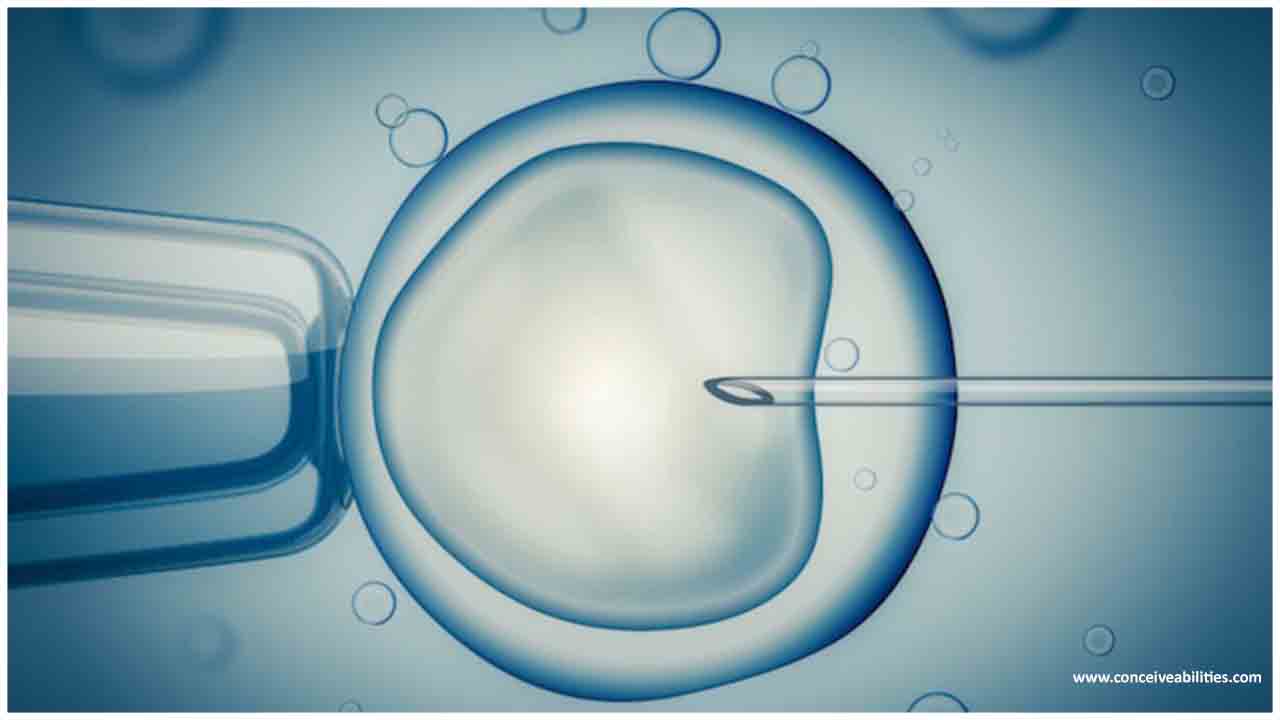
 Success rates under IVF are dependent on a number of factors including maternal age, reproductive history, causes of infertility and of course, lifestyle factors.
Success rates under IVF are dependent on a number of factors including maternal age, reproductive history, causes of infertility and of course, lifestyle factors.















